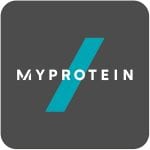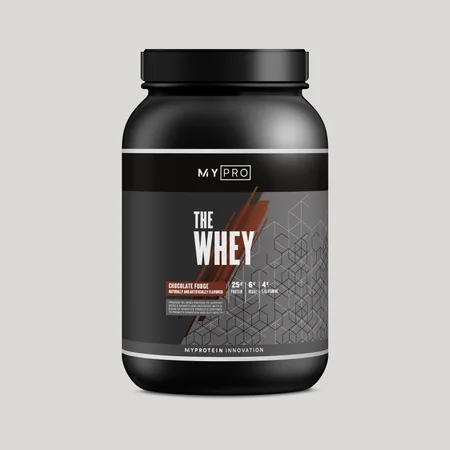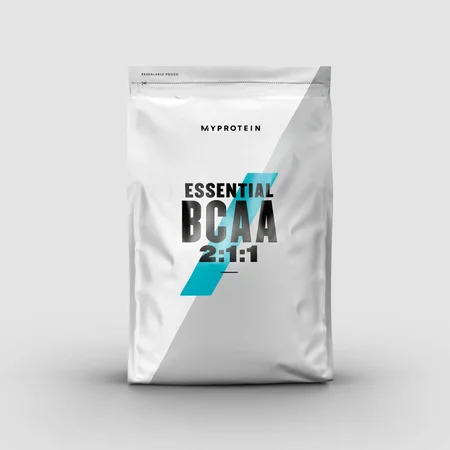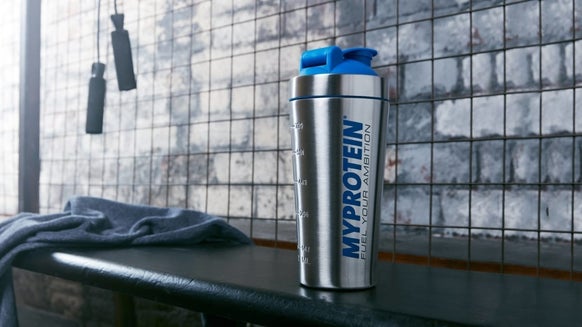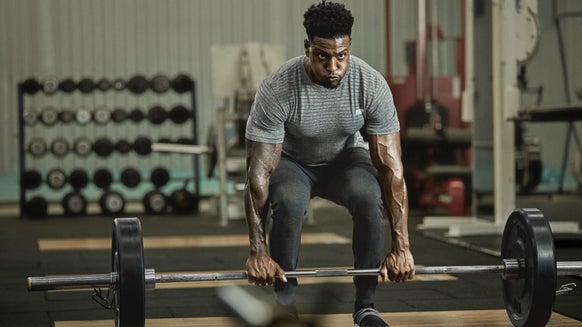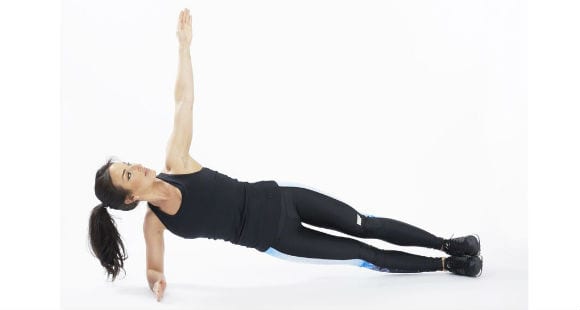
Working your core is a great way to help stay in shape. It improves balance, stability, and strengthens your back simultaneously. You use your core for more things than you realize, sitting, standing, leaning, coughing, laughing!
What's the first workout you think of when you think about getting abs? Sit ups! Crunches! You may not realize, but there are more ways than one when it comes to building abdominal muscles. Sit-ups/crunches aren't the only way! When completed with improper form, sit ups and crunches can cause serious injury for your back and neck.
These exercises can also become tiresome and you might get burnt out on doing the same moves.We will show you a few ways to strengthen your core without doing all those hated sit-ups!
Plank variations are hands-down the most effective way to build isometric strength across the entire core, and in the process, getting all of those muscles - big and small - used to working together. Here are some plank variations, advanced versions of each, a variation of each that includes movement, and a great workout to improve your strength and endurance.
1: Classic Plank
This is also known as the "forearm plank." Get into the push-up position where you are on your palms and tip-toes. Back straight, lower your body down onto your fore-arms. Pull your core in tight and hold this position. Don't make the mistake of letting your abs stretch and your hips sag, or rock side to side. If you feel a strain along your spine it means your abs have relaxed and your form is inaccurate.
Advanced Option: Have someone place a weighted plate onto your back during this plank time.
Movement Option: While holding this plank, extend one arm straight out and return back to position. Switch arms and repeat.
2: Glute Plank
Also known as the glute bridge this plank focuses on the rear core muscles, glutes, hamstrings, and lower back. Start with your upper back on a weight bench or edge of a couch and bend your knees at 90 degrees having your back completely parallel to the floor.
Advanced Option: Place a weighted plate over hip area and hold
Movement Option: Extend one leg out, dip your hips down to the ground and squeeze when returning to the top.
3: Neck Plank
This looks similar to the glute plank in #2, except the only thing holding your back up, is your head! Place your head on an exercise ball or edge of something flat with knees bent at 90 degree angle and back parallel to the floor. It is important that you do not strain the muscles in your neck. All muscle effort should be coming from your core!
Advanced Option: Hold a weighted plate over hip area and hold
Movement Option: No movement option recommended for this exercise to prevent injury to neck.
4: Side Plank
Start by lying on your side. Push yourself up onto your forearm and the side of your feet so your body is parallel with a wall. Make sure both feet are directly on top of one another. Slowly raise your hips off the ground and tighten your oblique muscles until your body is perfectly straight. Avoid letting your shoulders roll or twist. In addition to your obliques, the side plank also stresses the abductors, delts, and lats.
Advanced Option: Lift your top leg and arm toward the ceiling and hold it
Movement Option: While in the original side plank position, dip your hip down to the ground and return to position, repeat.
5: Push Up Plank
This looks like the classic plank in #1, except with the push-up plank your arms are fully extended with your weight being on your palms rather than your forearms. This position also allows you to incorporate your pecs in the same way as you would squeeze at the top of a bench or dumbbell press. Maintain back parallel to the floor.
Advanced Option: lift one leg while squeezing the glute on the same side. Do not let your hips raise. This will increase the tension on the hip flexors on your opposite leg and also incorporate an element of cross body instability. Aim for 10 second holds on each leg.
Movement Option: Plank Jacks- While in the Push-Up plank position, put your toes together rather than shoulder-width apart. Spread your legs apart in a jumping-jack motion, while keeping your back straight and in push-up position. Return to center.
Take-Home Message
Building core muscles are an important part of having a healthy body that sometimes gets overlooked! Work on these moves to improve stability and endurance by holding the planks for longer and longer with each workout!
